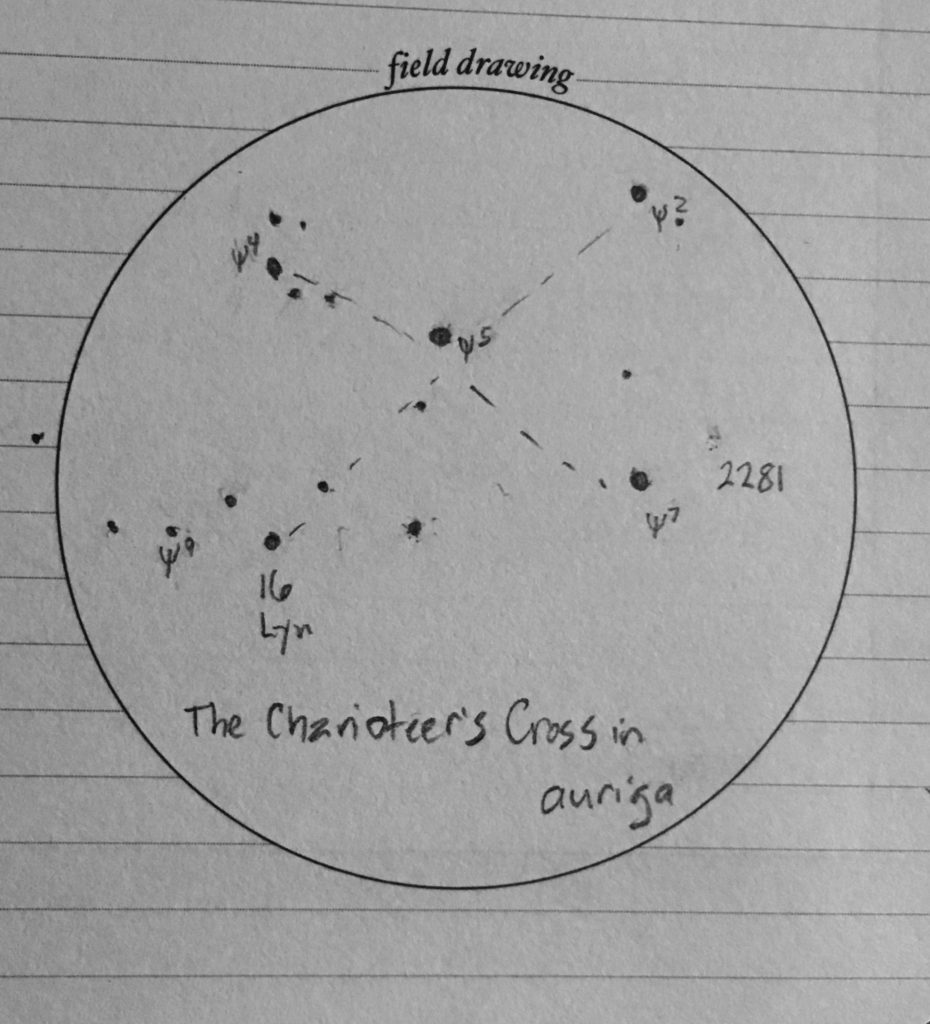Attleboro, Massachusetts, June 10, 2021, 5:30 a.m.-6:31 a.m. EDT
8×32 Lunt Sunoculars, 6×30 Lunt Sunoculars, welder’s glass, eclipse glasses



Attleboro, Massachusetts, June 10, 2021, 5:30 a.m.-6:31 a.m. EDT
8×32 Lunt Sunoculars, 6×30 Lunt Sunoculars, welder’s glass, eclipse glasses



To say that I got up early to view yesterdays’ close conjunction of Venus and Mars would be stretching the truth. My alarm went off the same time it does every weekday morning, so viewing it took no special effort on my part. And If I’m telling the 100% truth, I’m saying that I can see Venus from an upstairs window, so technically, I didn’t even have to go outside for a decent naked-eye or binocular view of the event. (Remember, I’m the person who once did an entire day of solar observing with a 130-mm reflector from inside the house.)
Mars and Venus were about 1/4° apart yesterday morning (October 5th) as viewed from Metrowest. Sigma Leonis was something like 19 arcminutes from Venus. Through binos, the difference between 15 and 19 arcminutes is obvious.
Mars and Venus had moved on this morning. Detectably orange Mars stood about 1/2° upper right of Venus (1 o’clock on the dial), with Sigma about 1-1/4° directly above Venus.
Sometimes I think successful observing is all a matter of confidence. I go through this same sequence every time I look for some moving target: an asteroid, a dim planet, a comet. I study the starfield, sketch what I see, but nearly always convince myself I’m looking in the wrong place because the field doesn’t look quite right. Well, there’s a reason it doesn’t look right, and that reason is either a comet, an asteroid, or a dim planet. My first view of Uranus or Neptune in the fall? I have to starhop over and over to the field because something seems off. Find a comet? Same thing. Finding an asteroid? Same deal. It took me forever to believe I was really seeing Florence. Not sure why I don’t just trust my eyes.
Recreating Matt’s bino tour from the March 2017 issue of Sky & Telescope:
In the November 2016 issue of Sky & Telescope, Matt Wedel wrote about his observations of a crucifom asterism on the Auriga / Lynx border. I took a few minutes last week to sketch the field as seen with small binos (8 × 42s). I was unable to resolve any stars in NGC 2281, of course; it was more of a suggestion than anything when viewed with handhelds. My goal on our next clear night is to return to the view with the 12 × 70s on a tripod.

View of Psi (Ψ) Aurigae through 8 × 42 binoculars, 6.5° field of view. January 1, 2017. Image: JR
The day started out a bit cool, with me running around the house trying to find a good spot to set up. Started on the front sidewalk, but soon moved to the backyard. Spent most of the day observing, punctuated with frisbee breaks. I wish I had sketched more carefully to capture the effects of Earth-Sun rotation.